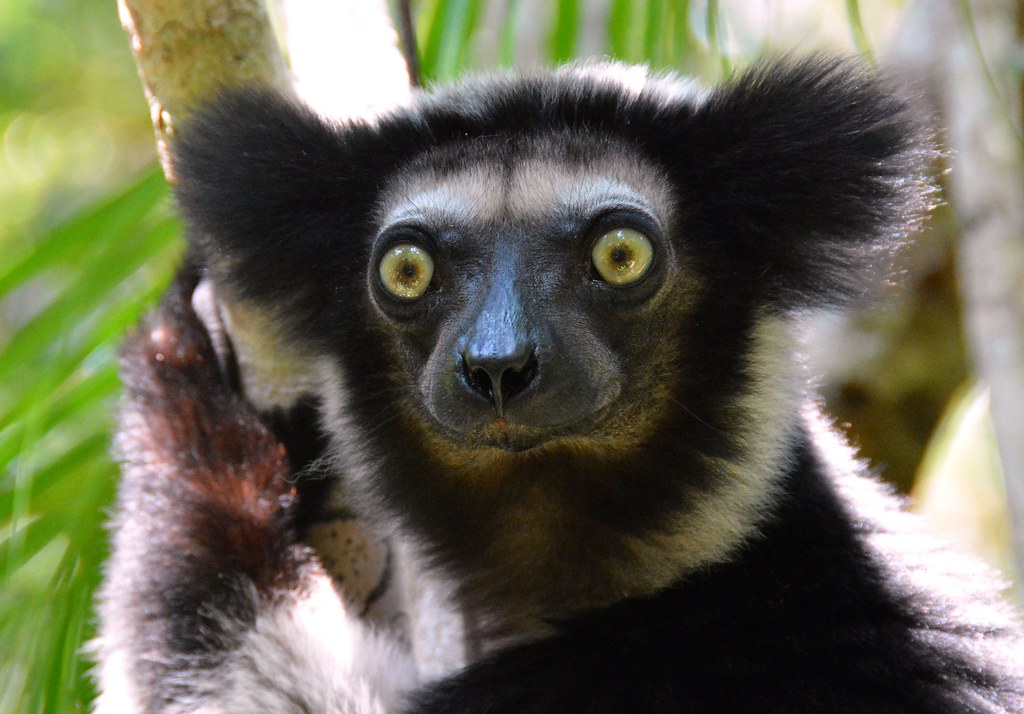MAP:
The Basque country is situated in the South East of France, and the North East of Spain.Though, it's location is mostly based in Spain. There are three Basque regions in Spain and two that are situated in France.
FUN FACTS ABOUT THE BASQUE COUNTRY *:
- The Basque language is called Euskara, and it is known to be the oldest European language, tracing back to 20,000 years ago. Many say, that it is an isolate language, meaning that is has nothing to do with any other language. But others prove that this statement is false, since Euskara has several Spanish roots.
- Santa Claus is not called Santa Claus in the Basque Country. But instead his name is Olentzero, and he wears a beret (also called a txapela in Basque.) When Christmas arrives, the families don't leave him carrots for his reindeer's or cookies and hot chocolate, but wine, they leave him wine. Now this Olentzero doesn't live in the North Pole but in the mountains of the Basque Country.
*Note that not all this information might not be true. Due to the crisis that the Pays Basques has been and is still facing, with their fight for freedom, some of this information may be false, since some Basque people might want to show the power of their people .
3. A study (the DNA analysis project) shows that the Basque people have there own genetic makeup, different from the non-Basque people.
4. Athletico Bilbao, the football/soccer team, doesn't allow any non-Basque players on there team.
5. The Basque cuisine is considered to be one of the best cuisine in the world. And I agree, the Basque food is delicious!!!!!!!!!!
BASQUE FLAG:
The whole flag means, "Jaungoikoa eta Lege Zaharra," which basically means God and ancient law. The green cross of St Andrew symbolizes the oak of Guernica which is the symbol of the liberty of the Basques. The white cross represents Catholicism and it also appears on the coat of arms of the region of Biscaye (North of Spain.) And finally, the red background symbolizes the Basques people.
BASQUE PELOTA:
When visiting the Basque country, one will see a lot of these walls (or frontis/fronton):
They are called (in french) "un fronton." In English, it is just called a wall. Now... this isn't just any type of wall, it's where the Basque people play basque pelota. A sport that uses a racket, or a bat and a little ball. It is considered to be the fastest ball game on earth! The game is usually played between two teams, with two players on each team. The objective of this game is to hit the hard and dense ball on the wall.
Here is a link to how to play the basque pelota: https://www.youtube.com/watch?v=d45uhH2l3xY.
TOURISM:
Cities that you should visit, when stopping by in the Basque country:
- Biarritz- France. Reason: It is a surfers paradise. The tallest waves in France! I never stayed there, but I did go see the huge waves. And they are indeed the tallest ones I have ever seen!
- St Jean de Luz- France. Reason: Relaxing, pretty and good food. I spent about three of my April breaks in this place, and guarantee that it was awesome, and so relaxing! The beach is great, the people are nice, and the food is good.
- Guéthary- France. Reason: Cute, calm, and relaxing. I've been there once, and it was a nice experience. It is indeed a pretty, small town, and not very touristic.
- Ainhoa-France. Reason: Nice, pretty and relaxing. Ainhoa is a very small town, that offers tourists a great Basque experience. With typical basque food, and houses, it is always nice to stop over this village, and enjoy the nice mountainous breeze.
- Saint Sebastian- Spain. Reason: Saint Sebastian is known to have one of the best food in the world. While walking down the streets of this Basque city, capital of the Basque gastronomy, there will be lot's of nice bars and restaurants where you will be able to enjoy the delicious basque cuisine. The city is also home to one of the best chefs in the world!
- Pamplona-Spain. Reason: It is the capital of the region of Navarre, and it is home to lot's of wonderful attraction, like bull fighting, fiestas, museums, and history!
Sources:



